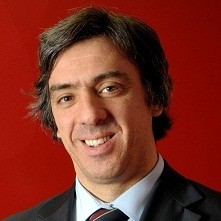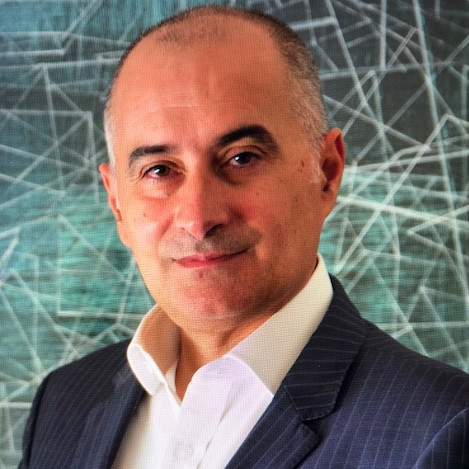Unite nature and companies in a balanced and valuable relationship to ensure the sustainability of humankind
Forests are sanctuaries of biodiversity, and all species must be protected. Forests are also the most efficient and cost-effective resources to capture and reduce atmospheric carbon.
CO2OFFSET is a SaaS solution that automatically measures the carbon captured in forests in an affordable, fast, and reliable way. This helps to grow and maintain forests by rewarding landowners for their protection, in a quick, no cost and scalable way.
With CO2OFFSET, forest owners are paid for caring
What we offer
Potential to benefit from economies of scale and automation
CO2OFFSET provides a software (software as a service) which allows forest owners to put their carbon credits on the market, minutes after registering their forest.
Optimization management of carbon credits wallets
CO2OFFSET’s artificial intelligence (AI) manages customers’ wallets to guarantee the totality of credits bought, even in case of a disaster in the protected forest.
Deep machine learning algorithms
CO2OFFSET makes use of a digital twin forest dataset based on the most advanced scientific procedures to calibrate the methodology for measuring forest carbon stock.
Standardization and credibility
CO2OFFSET’s blockchain offers the necessary standardization for any potential carbon credit (nature or other sources) to be added in the future.
Smart and open auditable contracts
CO2OFFSET’s blockchain will be developed in full transparency and clarity, and without the necessity of a third party to mediate the agreement between forest owners and emission companies.
Minimizing Transaction Costs
According to the World Bank, the explicit cost of forestry carbon sequestration includes the cost of transacting and enforcing the contract between buyers and sellers, namely: Search, Negotiation, Approval, Monitoring, Enforcement and Insurance.

Design cost
It includes the development of monitoring techniques and verification protocols; methods for baseline and project scenario measurements, and feasibility studies to ensure positive social and environmental benefits result from the project.

Implementation cost
It covers expenses for labour, capacity building, selection of local contracts or sites, community meetings, technical, management plans, legalising leases or registration of land, distribution of funds/subsidy to beneficiaries, distribution of planting material and other inputs.

Verification or certification cost
Required to prove to investors that estimated levels of carbon have been sequestered.
DESIGNED FOR IMMEDIATE IMPACT
The number one question any carbon dioxide (CO2) removal system must answer is “How long must carbon be sequestered in order to be considered equivalent to a ‘permanent’ emission avoidance or removal?” The benefits of sequestration projects being accounted for are analysed on a ton-year basis rather than by requiring “permanent” sequestration. This unit allows for the understanding of the impact of greenhouse gases (GHG) on the atmosphere as well as the conversion into carbon credits. For example, if one ton of GHG were to be held in the atmosphere for 100 years, its impact would be 100 ton-years (MIT project “carbon plan). The tonne-year accounting approach considers that one tonne-year corresponds to one metric ton of sequestered CO2 for one year.

In 2000, Lashof et al. looked at atmospheric emissions assuming that temporarily stored carbon is fully re-emitted into the atmosphere at the end of the storage period. Based on this, they were able to calculate how many ton-years of atmospheric impact are avoided, including sequestration and reissuing, during a specific period. This calculation quantifies the benefit on cumulative radiative forcing (CRF), hence the real and direct impact on the climate. CRF is the energy flux in the atmosphere caused by human activities, which lead to natural, and climate changes (The Climate Casino, by the economist William Nordhaus), also known as externalities. Different activities such as temporary carbon stock and removal diversely affect CRF (Murphy et al.), especially in glacier melting and the rising of the sea level.

However, as the past years have displayed, there is no single way to tackle climate change. As a result, one must ask in what ways this global issue is influencing the economy and in what ways it will in the future.
The maths behind it
Commit to a net zero future
Founders Team
Meet the people behind CO2OFFSET
.




